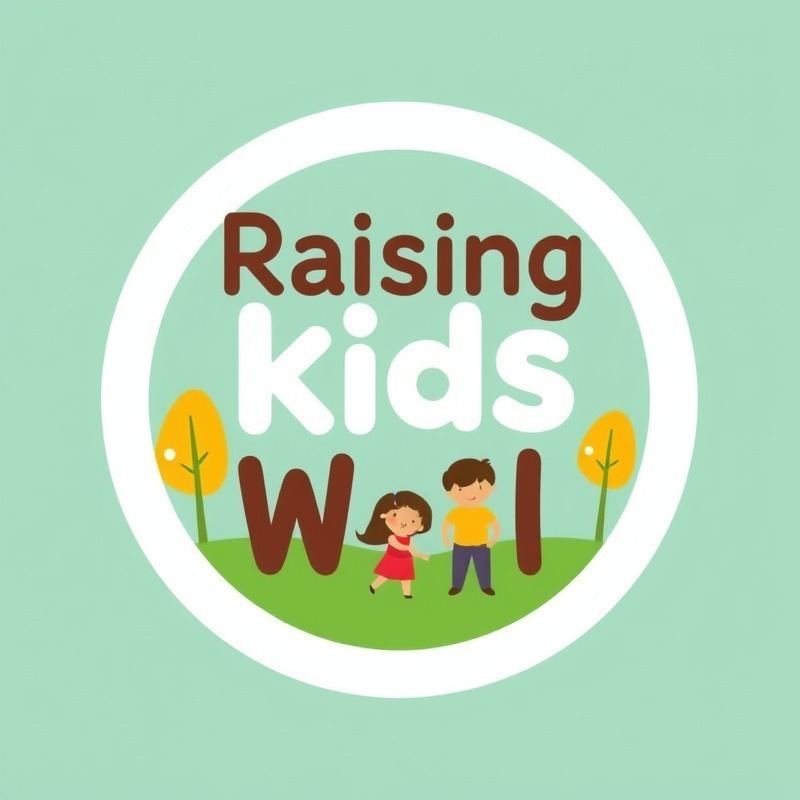
Understanding Birth Order: The Case of the Eldest Daughter
Birth order has long been a topic of fascination among psychologists and parents alike, often revealing surprising insights into personality traits and familial dynamics. The eldest daughter, in particular, carries a unique set of characteristics influenced heavily by societal expectations and family roles. In many households, the eldest daughter steps into a caretaker role so naturally that it raises an intriguing question: Can parents intervene to alter this path, or is it inevitable?
Societal Influences on Eldest Daughters
The notion that eldest daughters carry a burden of responsibility is deeply woven into our cultural fabric. As licensed psychotherapist Ciara Bogdanovic explains, "The eldest daughter stereotype is the confluence of age and gender expectations." Families often place expectations on daughters to shoulder responsibilities typically associated with caretaking and nurturing; roles that are less commonly assigned to their male counterparts. This gender bias not only affects how eldest daughters view their own abilities but also shapes their interactions within the family unit.
The Emotional Toll of Expectations
With great responsibility comes an emotional burden. Eldest daughters often find themselves navigating the complex landscape of expectations that shape their early experiences. From taking care of younger siblings to managing household chores, these girls may feel the crush of adult expectations at a young age, leading to anxiety and stress. Parents, therefore, play a crucial role in recognizing and mitigating this pressure.
Encouraging a Balanced Dynamic
So, how can parents foster a healthier environment for their eldest daughters? This begins with understanding and reassessing the roles assigned within the family structure. Allowing shared responsibilities among siblings can help distribute the sense of obligation that often falls on the eldest. For instance, engaging siblings in shared projects or encouraging problem-solving together rather than placing the sole burden on the eldest can create a more balanced family dynamic.
Cultivating Individuality and Emotional Resilience
Creating space for individuality is also vital. Encouraging your eldest daughter to pursue her interests, hobbies, or friendships outside of her caregiving role can foster a sense of independence and self-worth that is crucial for her emotional development. Building emotional resilience in children—to cope with both external pressures and internal expectations—is a practical parenting tool that serves not only the eldest daughter but the entire family.
Common Misconceptions About Parenting and Birth Order
One common misconception is that birth order guarantees certain behaviors or personality traits. While there may be tendencies associated with each position, it’s important to remember that each child is an individual shaped by their unique experiences. Parents should embrace the complexity that comes with each child, regardless of their birth order, and provide a supportive environment that prioritizes mental and emotional health.
Conclusion: Embracing Change for Healthier Family Dynamics
Ultimately, while parents may not be able to radically change who their oldest daughters are, they can certainly influence the dynamics around them. By acknowledging and consciously reshaping the roles within the family, encouraging shared responsibilities, and cultivating emotional resilience, parents can create a more balanced and fulfilling environment for their children. The journey begins with awareness and intention—traits that every parent can nurture.
If you resonate with these insights about managing the pressures associated with birth order, consider reflecting on your family’s dynamics and how you can encourage positive change. Small adjustments can lead to a more harmonious family life where every child thrives.
 Add Row
Add Row  Add
Add 



Write A Comment